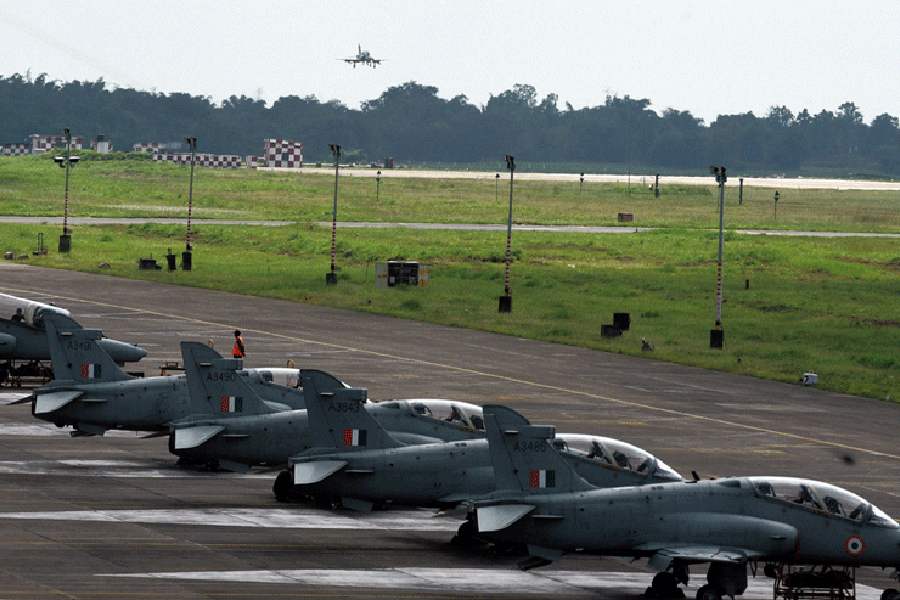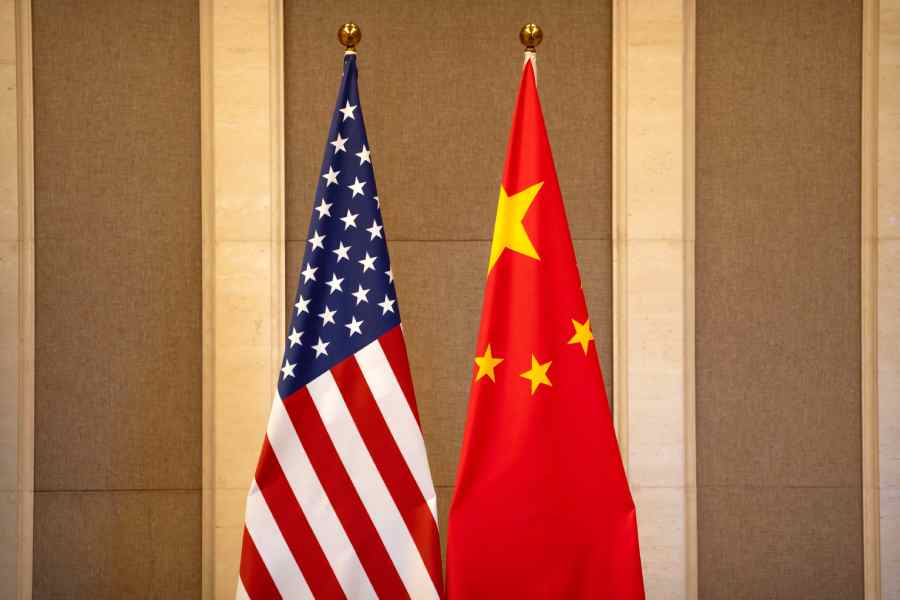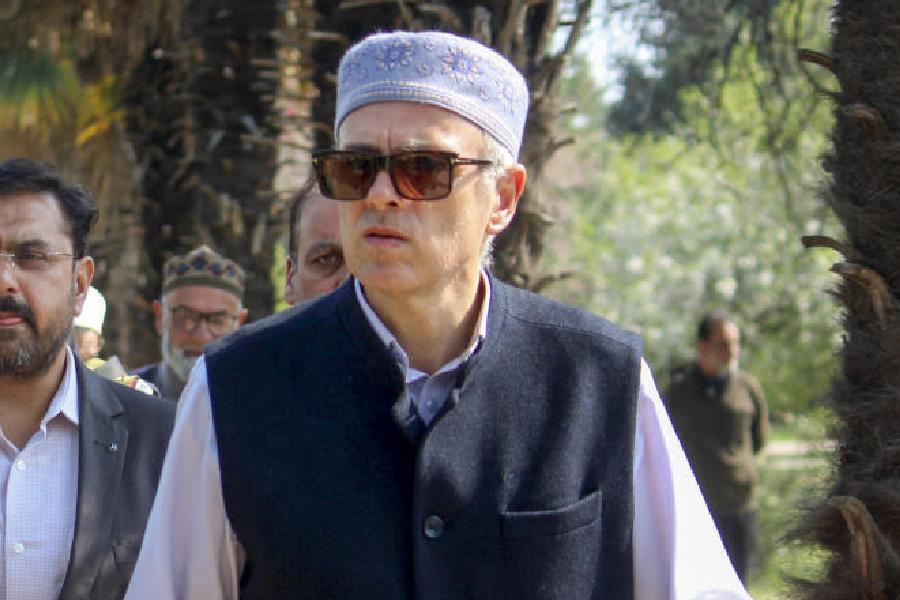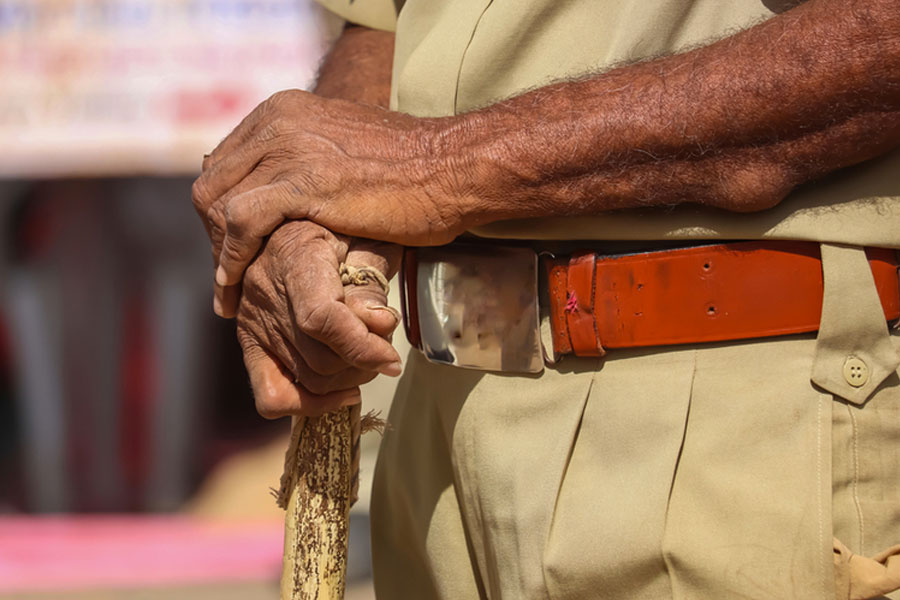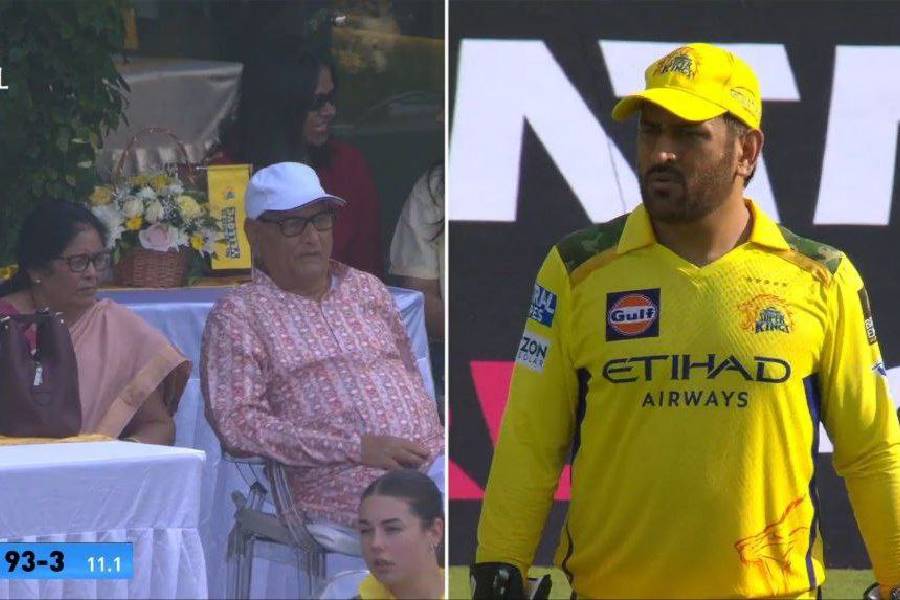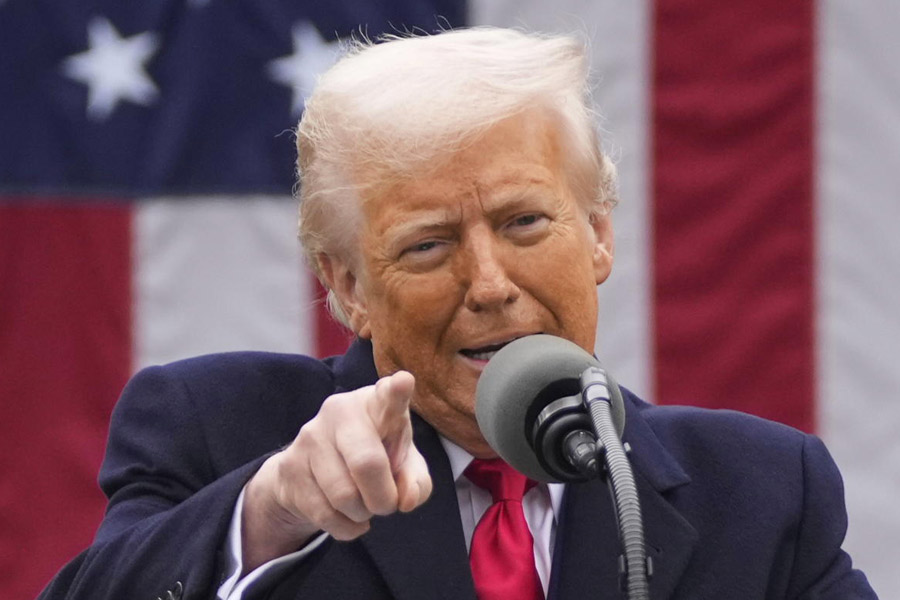
A low-flying Soviet-built transport plane dropped virtually an armoury - 300 AK-47 assault rifles, 30,000 rounds of ammunition, rocket launchers, anti-tank grenades and pistols - in West Bengal's Purulia district at midnight on December 17, 1995, under the cover of darkness and flew away.
Twenty years on, the nation is still in the dark about who sent the deadly arms consignment and whom it was supposed to arm. There are questions galore but still no clinching answers about the conspiracy. Although the case shook India, the identity of the plotters and planned end users is still buried under layers of secrecy well beyond the reach of Right to Information activists and the media.
The select few in India or abroad who know the sordid story inside out seem to have locked up the truth and thrown away the keys, making a mockery of the citizens' right to know in any democracy. Those privy to the dark secrets appear to have taken a vow of silence and sealed their lips.
"Our government will never allow the damning details to emerge because of its own murky role in the unprecedented breach of national security witnessed in the Purulia arms drop," says former Research and Analysis Wing (RAW) officer R.K. Yadav, who headed an employees' union in the country's external intelligence agency and has published a devastating book, Mission R&AW. Others too accuse the powers that be of both complicity as well as suppressing information.

Yadav believes the central government is an "accomplice" as RAW and the Intelligence Bureau (IB) had advance information about the arms drop but did nothing to stop it. "Moreover, jailed kingpins such as Englishman Peter Bleach and five Russians were suddenly freed by the [former] Bharatiya Janata Party government after waiving their life sentences," Yadav fumes.
The former RAW employee has a theory. "[Russian leader] Vladimir Putin and [then UK Prime Minister] Tony Blair pressured the Atal Bihari Vajpayee government to release the Russians in July 2000 and Bleach in February 2004, respectively."
India, former RAW special director Amar Bhushan believes, simply let the convicts go. "The government let the perpetrators go after fortuitously catching them and getting them convicted - India simply gave them away on a platter," Bhushan remarks.
Interestingly, Manish Gupta, who was the home secretary of West Bengal when the arms drop took place and is now the power minister in the Mamata Banerjee government, has a totally different take on the controversy. He was the first to declare that the weapons were meant for Ananda Marg, or Path of Bliss, a shadowy religious group with its headquarters in Purulia and a long history of conflict with the Communists ruling West Bengal. But the trial court gave the Marg a clean chit - not a single Margi was convicted.
Asked to explain why the mystery had not yet been cracked, Gupta, retorts, "Who says the case is unsolved?" The culprits were arrested, tried, convicted and sentenced, he stresses. "What happened thereafter is immaterial, whether it's their release via a presidential pardon or the myriad theories in circulation. All there is to know is now known - and the case is closed for ever."

The known facts of the case are straight out of a spy thriller. British arms dealer Bleach claimed that he was tasked by Danish national Kim Peter Davy to hire a plane and parachute down a cache of weapons in Purulia.
Suspecting a terrorist operation, Bleach alerted MI5, the British intelligence agency, which passed on to RAW all the information Bleach had given them, including the flight plan, inventory of the weaponry and the location where the consignment would be airdropped. RAW sent a sketchy report to the IB, besides telling MI5 to tell Bleach to go ahead.
Bleach insisted throughout that he thought he was playing a role in a governmental sting operation being monitored by Indian and British intelligence agencies. But that wasn't clearly the case. He and the five Russians who flew the plane were arrested after the weapons were dropped but Davy slipped away. All Indian efforts to extradite him from Denmark have failed so far, fuelling speculation that he is being shielded as he was the lynchpin of a botched-up India-British operation with American backing to either arm Kachin rebels in Myanmar or Chakmas fighting the Bangladeshi army.
The truth will probably never be known. But taking into account what's available in the public domain, questions can be raised about the role played by RAW. Its communication to the IB created an impression that it had collected the information from one of its own sources. For reasons best known to RAW, it failed to specify that the source was none other than the British mercenary himself who had been hired by the Danish sender, and that the information had been vetted by MI5. If RAW had not withheld these vital facts, the IB would have attached far more importance to the alert than it did.
Ideally, RAW, IB and MI5 should have jointly debriefed Bleach after he sang before British authorities, and then told him exactly what to do to somehow ensure that those picking up the air-dropped arms were rounded up, exposing the identity of the extremist recipients. But alas!





